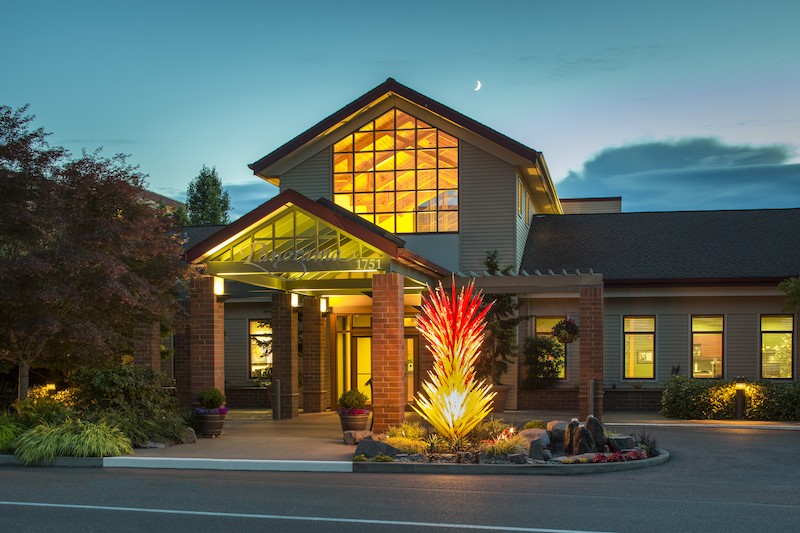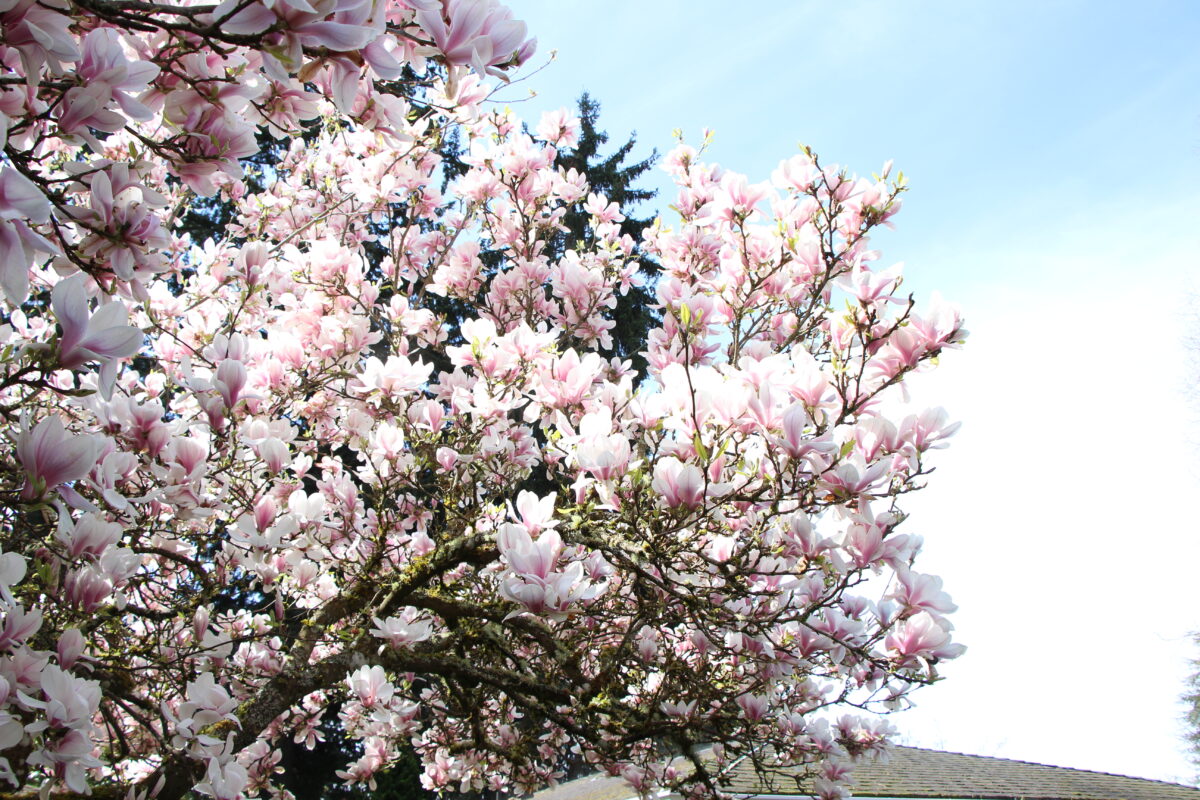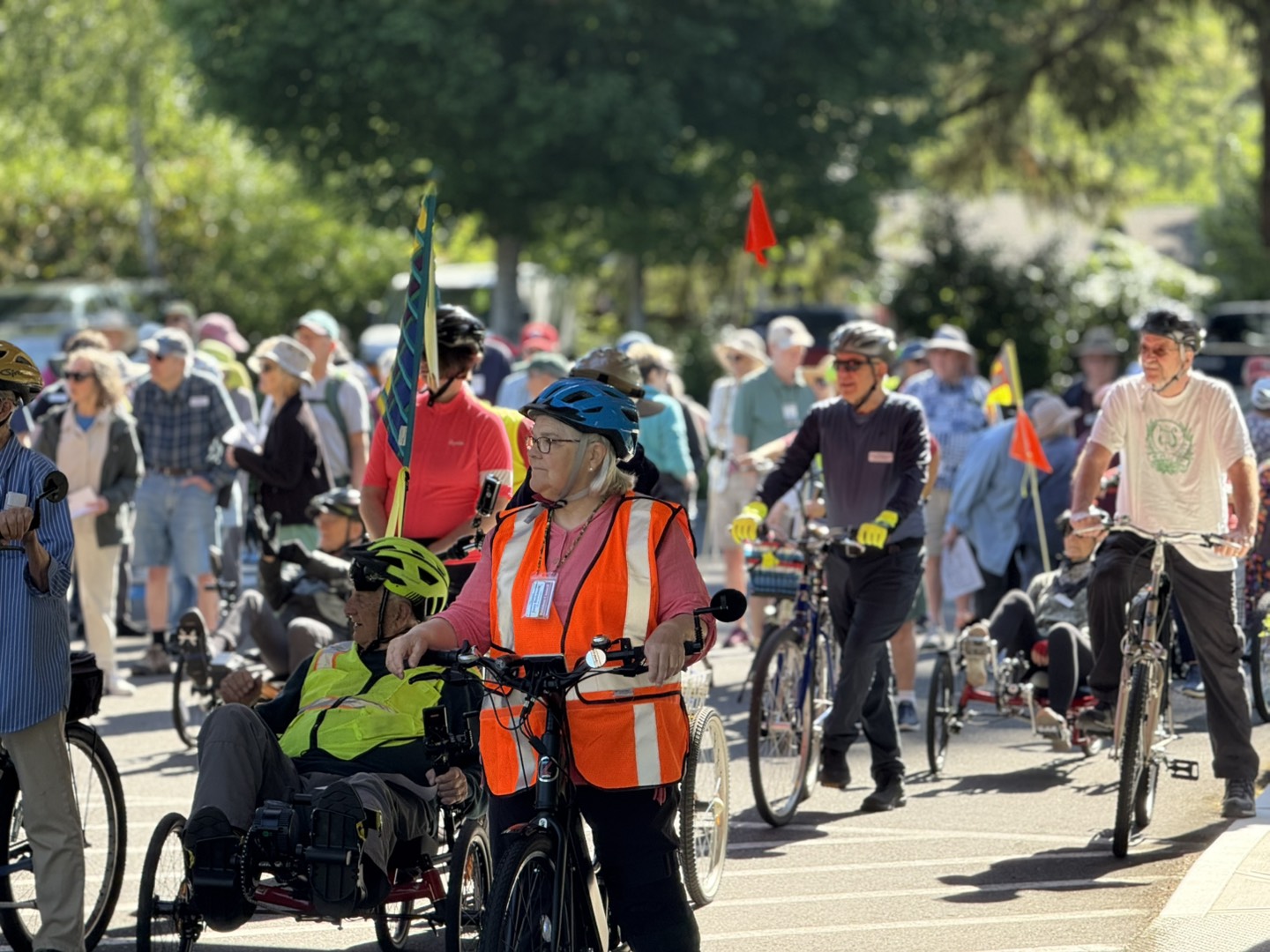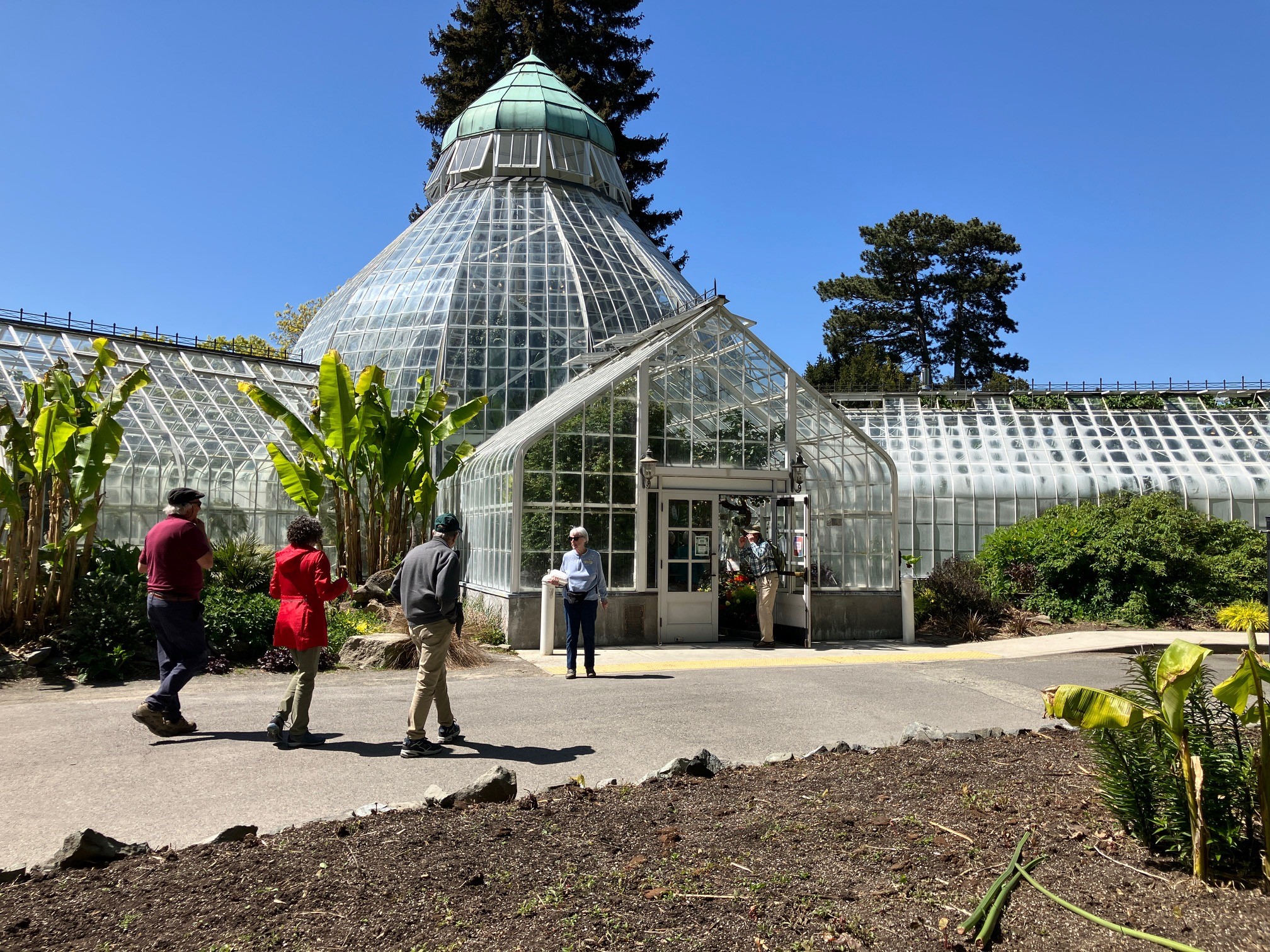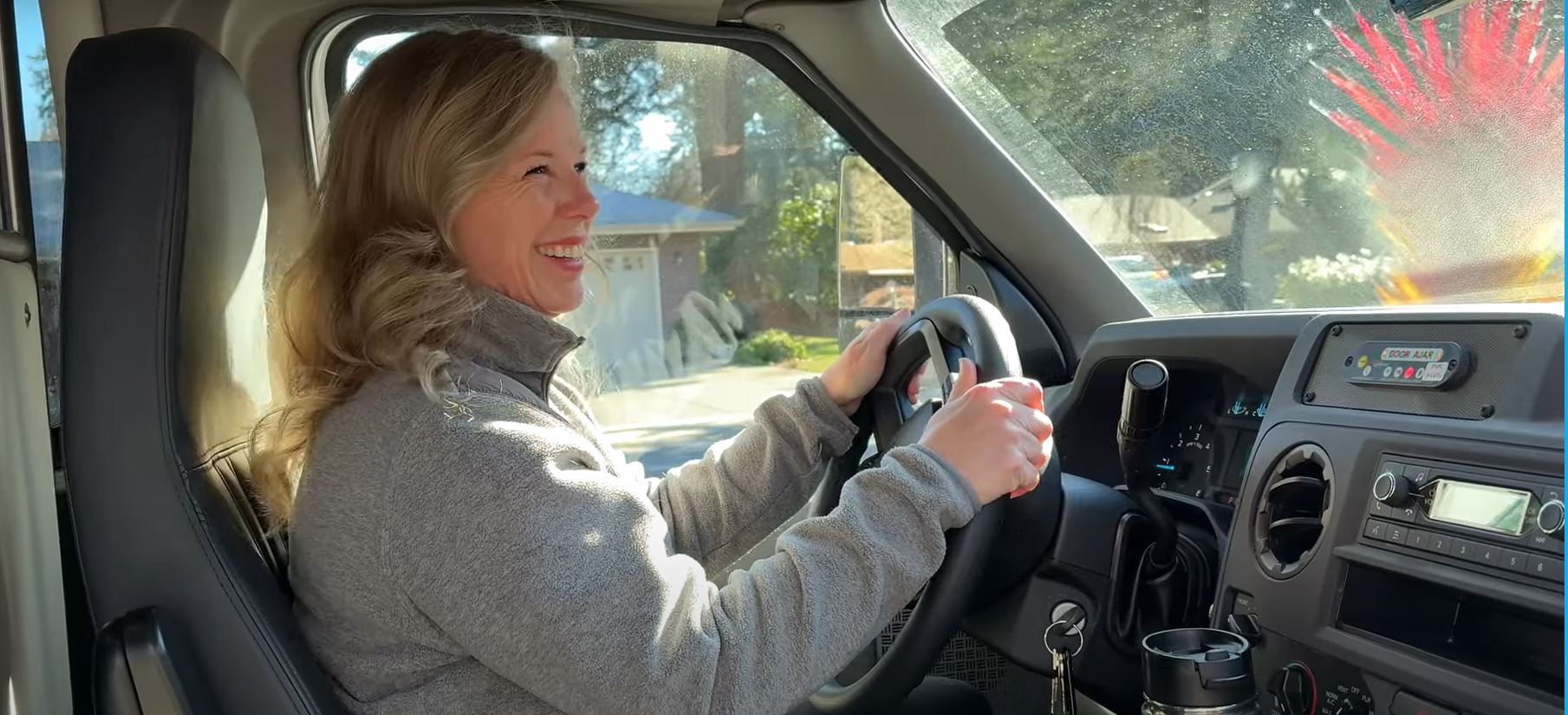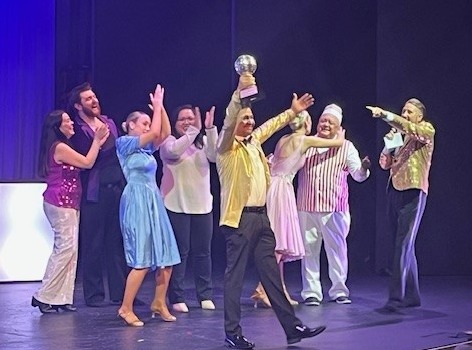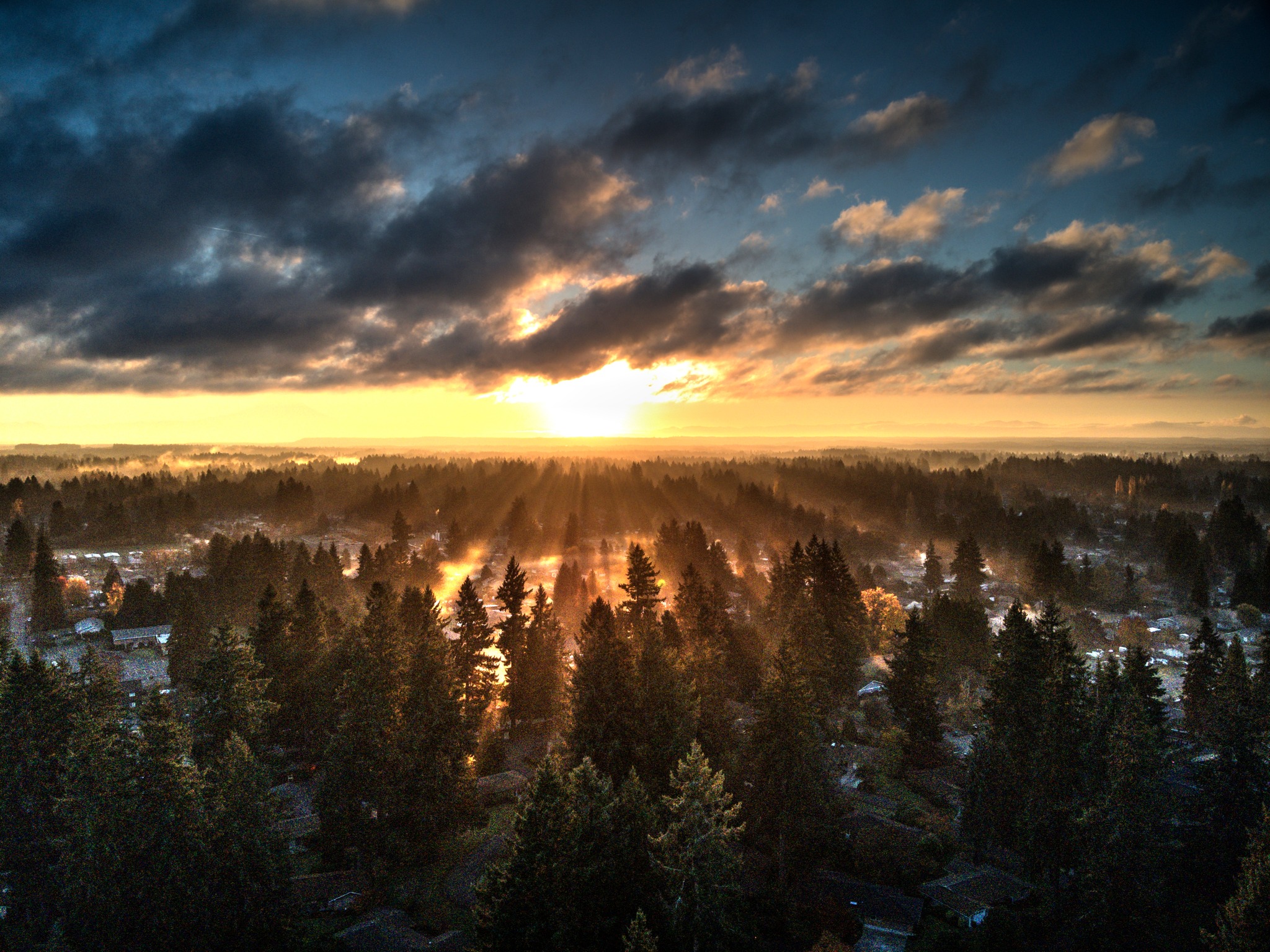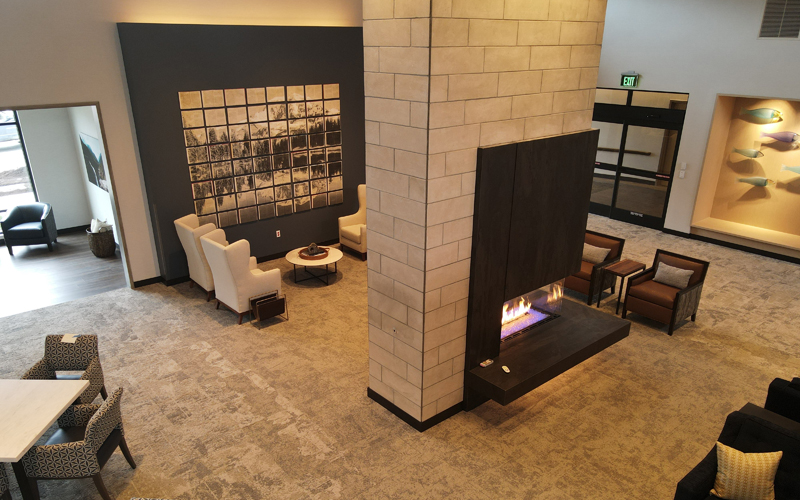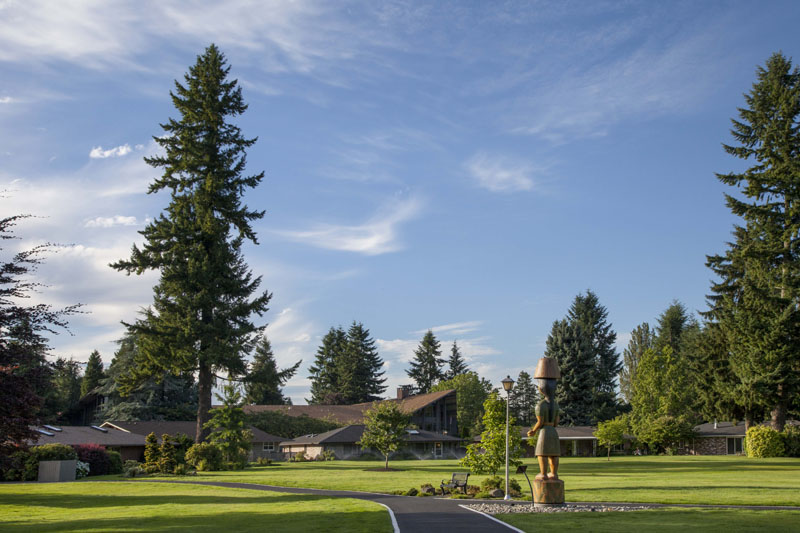Spring has Sprung!
Kayleigh Fowler
on
April 4, 2024
Spring has sprung at Panorama! The trees are blossoming, the birds are chirping, and the sun is making more of an effort to break through the clouds. Our campus is beautiful year-round, but it truly shines in the spring!
Did you know?
Over the past 60+ years, our 140 acres have grown to include more than 2,000 distinct varieties of trees, flowering shrubs, and perennials. Now, our campus is one of the largest residential arboretums in Washington State!
To explore the variety of trees and shrubs found on our campus, click the button below to learn more.
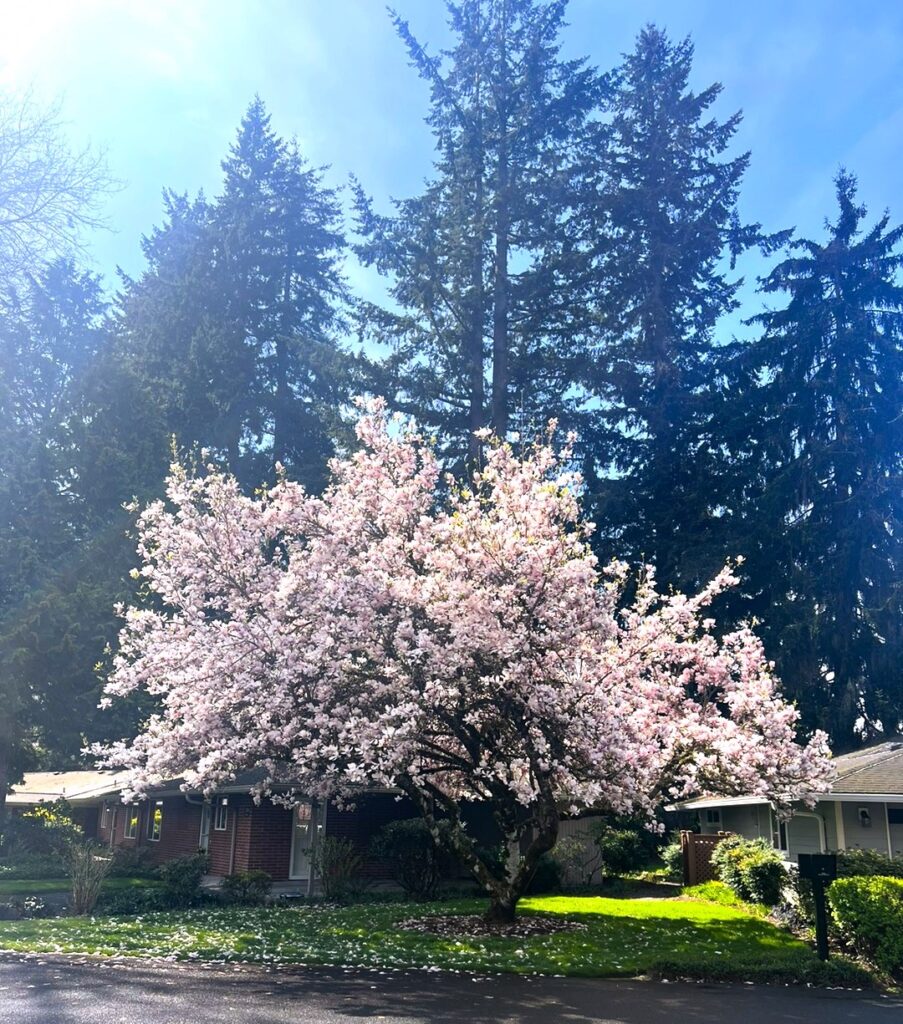
Panorama Pathways 5k
Our annual Pathways 5k event is a celebration of wellness, community, and fun! Participants enjoy a scenic 3.1-mile walk, jog, or ride through campus, starting at the Aquatic and Fitness Center and ending at the Pavilion, with water stations along the way. This year’s great turnout brought together friends, families, and neighbors for a day…
PB & Baby Wipe Drive
During the month of May, our residents and staff joined forces to support the Thurston County Food Bank by donating much-needed essentials. Thanks to the generosity and community spirit of everyone involved, we successfully collected 265 jars of peanut butter and 290 packs of baby wipes! These donations will directly benefit local families, and we…
Diner Walk
Each month, Steve Pogge – our beloved guide for local hikes and excursions – leads residents on a fun and flavorful outing called the “Diner Walk.” This monthly event combines light exercise with the chance to sample some of the best diners across a three-county area, followed by a short, scenic walk. The outing captured…
Activity Fair
Each year, the Resident Council proudly sponsors the vibrant and informative Activity Fair, an event that brings our community together in the most exciting way! It’s a chance for both current and future residents to learn more about the diverse activity and hobby groups available to them here at Panorama. This year, over 70 groups…
Careers in Aging
March is Careers in Aging Month, which is a time to highlight the many career opportunities in the field of aging. In honor of this, we’re spotlighting some of our staff who are passionate about making a difference. From groundskeeping to renovations, skilled nursing to security, our staff works tirelessly to create a supportive and…
2025 Dancing with the Stars
Our Dancing with the Stars event has become an annual phenomenon! Each year, four staff members and four residents are selected to pair with a talented dancer from the Utah Ballroom Dance Company, creating an unforgettable evening of performances. Every participant takes the stage to perform a specific dance style with a unique theme. As…
2025 Distinguished Leader Award
We’re beyond honored to have received the Thurston County Chamber 2025 Distinguished Leadership Award! This recognition means so much to us, and we couldn’t have done it without the amazing support from our team and the community. It motivates us to keep pushing forward and making a positive impact. Watch the video below for a…
Check out these fantastic dishes from our readers.
The Gutenberg editor uses blocks to create all types of content, replacing a half-dozen ways of customizing WordPress, bringing it in line with modern coding standards, and aligning with open web initiatives. That sounds pretty great huh?
This section uses columns and a core gallery to display a beautiful grid of images. Customize the column count and link action.

